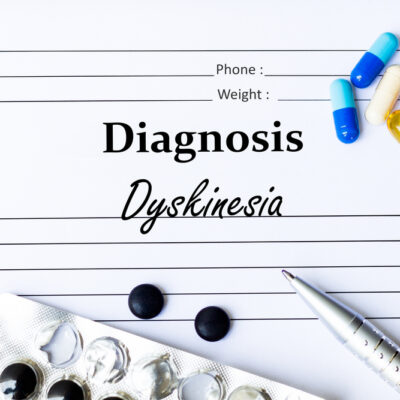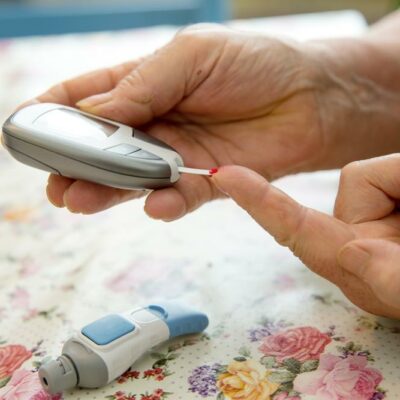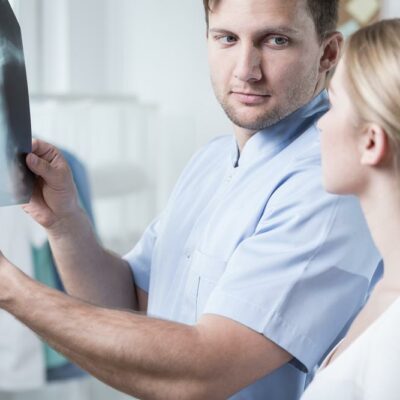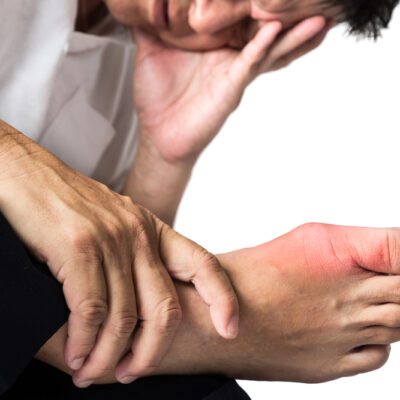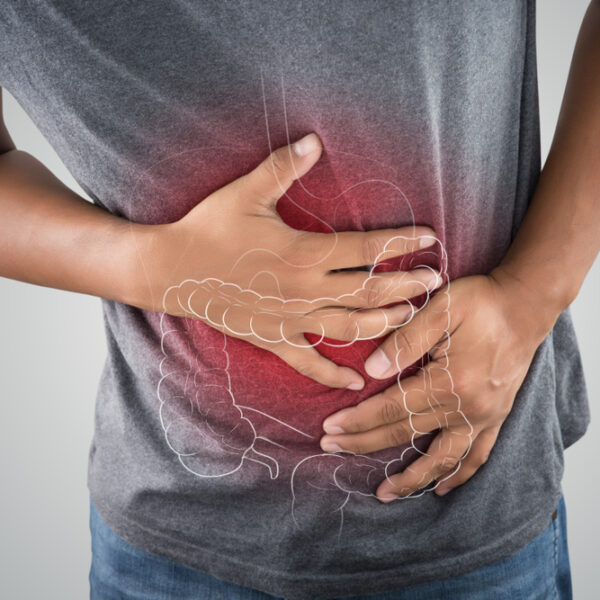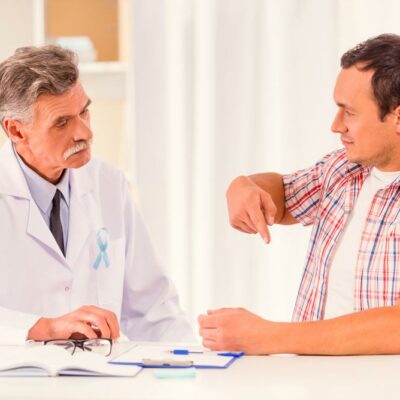
Prostate Cancer Risk Factors
Prostate cancer is associated with a number of risk factors which make a man more likely to develop a disease. Demographic Characteristics Age: Prostate cancer occurs most often in men over the age of 65 and very rarely in men younger than 40. Therefore the risk of developing prostate cancer increases with age.
Read More 
